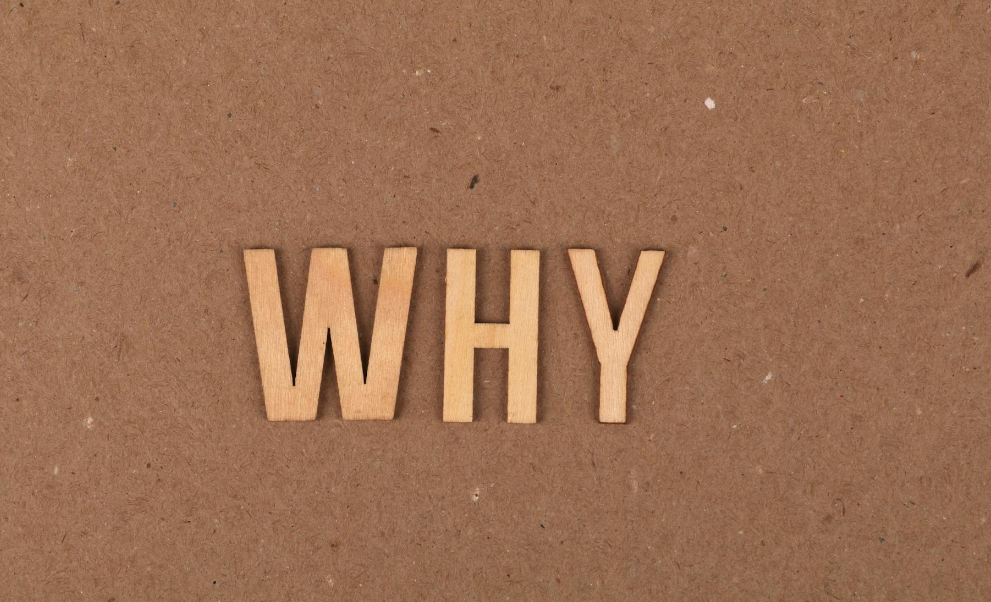The Art of Loving from a Distance
“Navigating Emotional Boundaries and Preserving Your Peace in Relationships”
Life sometimes presents us with relationships that are not beneficial for our mental and emotional health. These relationships could be with a partner, a friend, or a family member, and they can leave us feeling constantly drained and emotionally reactive. In such situations, adopting the practice of detachment can become the pathway to peace and self-preservation.
When we love someone deeply, our natural instinct is to care for and protect them, sometimes to an extent that can lead to over-involvement and high expectations. But the line between genuine care and overbearing love is thin and delicate. Our well-meaning actions can often be perceived as interference or aggression, leading to misunderstandings. This is where the concept of ‘detachment’ comes into play.
The Thin Line Between Care and Overbearing Love
When we love deeply, our instincts drive us to care for and protect those we hold dear. However, this well-intentioned care can sometimes blur into over-involvement and unrealistic expectations. The delicate line between genuine concern and overbearing love can lead to misunderstandings and strained relationships. Enter the concept of detachment.
What Is Detachment?
Detachment doesn’t mean severing ties abruptly or dismissing our feelings for someone. Instead, it involves redirecting our attention and energy back to ourselves. It’s the art of stepping back when our love, affection, and care are either misunderstood or taken for granted.

Signs It’s Time to Detach
Continuous Ignoring or Dismissal: If you find yourself consistently ignored or dismissed by someone you care about, it may be time to step back.
- Unhealthy Obsession: When your thoughts and emotions revolve excessively around a particular person, it’s crucial to create emotional distance.
- Overwhelming Negativity: Feeling consistently drained or overwhelmed by negativity when around someone is a clear sign that detachment is necessary.
Practical Steps Toward Detachment
- Take It Slow: Detachment isn’t an abrupt breakup; it’s a gradual process. Start by emotionally distancing yourself. Gradually reduce the emotional investment you make in the relationship and minimize its impact on your overall well-being.
- Start Journaling: A journal serves as a reflective tool—a private space where you can freely express your emotions and strategize your path forward. Use it to explore your feelings, set boundaries, and plan your journey toward self-love.
In the process of dealing with emotionally draining people, we often forget ourselves. Detachment offers us an opportunity to reconnect with what truly makes us happy. As we start to detach from those who cause distress, we can begin to focus more on ourselves, investing less in toxicity and more in our own peace and happiness.
Detachment isn’t about being dispassionate or turning a blind eye to someone else’s needs. It’s about understanding and respecting your emotional boundaries, prioritizing your mental health, and practicing self-love. Because at the end of the day, you can only offer the best care to others when you are at peace with yourself.
Discover more from mindstrengthorg.in
Subscribe to get the latest posts sent to your email.

Embracing the Unanswered Whys
Transforming Questions into Growth and Connection Life often feels like a complex puzzle, with pieces that.
Read More
The Lost Art of Common Courtesy:.
How Acknowledging Others Can Strengthen Relationships There was a time when good manners were not just.
Read More

0 Comments
Very nice
Thanks
At peace with ourselves. What a good and healthy goal!
Thanks
I can be really obsessive so detachment is something I’m working on. Not just with people but stuff I love too. Great post.
Thanks
You’re very welcome.